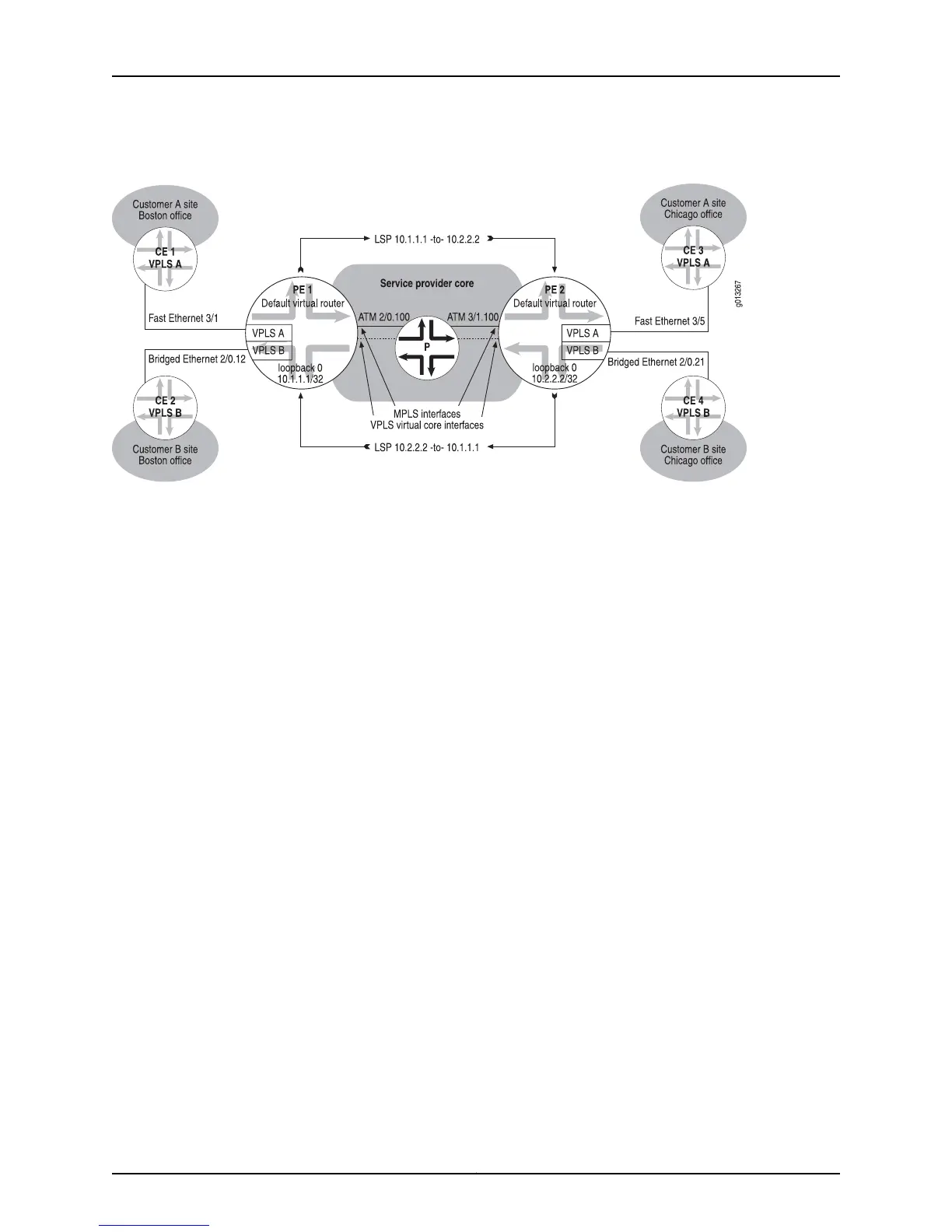Figure 129: Topology for VPLS Configuration Example with BGP Signaling
•
Topology Overview of VPLS with BGP Signaling on page 599
•
Configuration on PE 1 (Local PE Router) on page 600
•
Configuration on PE 2 (Remote PE Router) on page 601
Topology Overview of VPLS with BGP Signaling
The sample topology in Figure 129 on page 599 includes two VPLS domains, VPLS A and
VPLS B. VPLS A connects CE 1, at the edge of Customer A’s Boston site, with CE 3, at the
edge of Customer A’s Chicago site. Similarly, VPLS B connects CE 2, at the edge Customer
B’s Boston site, with CE 4, at the edge of Customer B’s Chicago site.
The E Series routers in the topology, PE 1 and PE 2, each participate in both the VPLS A
domain and the VPLS B domain. The example configures a total of four separate VPLS
instances, one for each VPLS domain in which the PE router participates. The instances
for the VPLS A domain are named vplsA, and the instances for the VPLS B domain are
named vplsB.
For each VPLS instance, an Ethernet or bridged Ethernet network interface provides a
connection to the associated CE device. Each VPLS instance maintains its own set of
forwarding tables and filters to learn the network topology, in a manner that is similar to
a bridge group used for transparent bridging.
Each PE router in the sample topology also has an ATM core-facing interface that
connects it to the provider (P) router in the service provider core. You must configure
MPLS LSPs on the core-facing interfaces to connect PE 1 and PE 2 through the P router
across the service provider core. Finally, you must configure BGP on both PE 1 and PE 2
to provide signaling for both VPLS domains.
After you configure the bridging, MPLS, and BGP components of VPLS, the router
automatically generates a VPLS virtual core interface for each VPLS instance. The VPLS
virtual core interface represents all of the MPLS tunnels from the router to the remote
VE device.
599Copyright © 2010, Juniper Networks, Inc.
Chapter 12: Configuring VPLS

